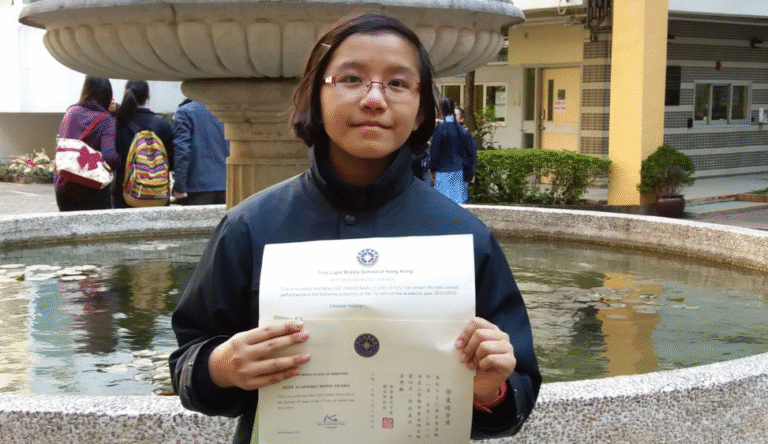The Complete Guide to Precious Metals and Gemstones
Precious metals and gemstones have long symbolized beauty, security, and status. This guide explains their key characteristics, how they’re valued, and what to know before investing or buying. Learn about the “Big Four” gemstones and traditional precious metals to make informed decisions.
Understanding Precious Metals
Precious metals have served as stores of value and symbols of wealth across cultures and centuries. Their rarity, durability, and resistance to corrosion make them ideal for both jewelry and investment purposes.
The Four Traditional Precious Metals
Gold remains the most recognizable precious metal, prized for its brilliant yellow color and resistance to tarnish. Pure gold is measured in karats, with 24-karat gold being 100% pure. However, pure gold is too soft for most jewelry applications, so it’s typically alloyed with other metals. Common gold alloys include 18k (75% gold), 14k (58.3% gold), and 10k (41.7% gold).
Silver offers an affordable entry point into precious metals. Sterling silver, containing 92.5% pure silver, represents the standard for jewelry and silverware. While silver does tarnish over time, proper care maintains its lustrous appearance.
Platinum commands premium prices due to its rarity and durability. This dense, white metal resists wear and maintains its color without fading. Platinum jewelry typically contains 90-95% pure platinum, making it an excellent choice for engagement rings and fine jewelry.
Palladium, platinum’s cousin, has gained popularity in recent years. This lightweight metal shares many of platinum’s properties while offering a more accessible price point. Its natural white color eliminates the need for rhodium plating common with white gold.
Factors Affecting Precious Metal Value
Several key factors influence precious metal pricing. Purity levels directly impact value—higher purity commands higher prices. Market demand, industrial applications, and economic conditions create price fluctuations. Mining costs and geopolitical factors also play significant roles in determining market value.
The spot price represents the current market price for one troy ounce of a precious metal. Retail prices typically include premiums above spot price to cover manufacturing, distribution, and dealer margins.
Exploring Precious Gemstones
Gemstones have adorned royalty and symbolized power throughout history. Their formation deep within the earth over millions of years creates the unique characteristics that determine their beauty and value.
The Big Four: Traditional Precious Gemstones
Diamonds top the list of precious gemstones, renowned for their exceptional hardness and brilliant fire. The famous “4 Cs”—Cut, Color, Clarity, and Carat weight—determine diamond quality and value. Cut quality most significantly impacts a diamond’s sparkle, while colorless diamonds typically command the highest prices.
Rubies are the red variety of the mineral corundum. The finest rubies display a pure red color with minimal secondary hues. Myanmar (Burma) has historically produced the most prized rubies, though significant deposits exist in Thailand, Sri Lanka, and Madagascar.
Sapphires encompass all non-red varieties of corundum. While blue sapphires are most common, these gems occur in yellow, pink, white, and other colors. Kashmir sapphires are particularly valued for their velvety blue appearance.
Emeralds belong to the beryl family and derive their green color from trace amounts of chromium or vanadium. Unlike diamonds, emeralds commonly contain inclusions called “jardin” (French for garden). These internal characteristics are generally accepted and don’t necessarily diminish value significantly.
Semi-Precious Stones Worth Knowing
Beyond the traditional four, numerous semi-precious stones offer beauty and value. Tanzanite, found only in Tanzania, displays remarkable blue-to-purple pleochroism. Jade holds special significance in Asian cultures and comes in various colors, though green remains most prized.
Tourmaline offers an incredible range of colors, sometimes displaying multiple hues within a single stone. Pearls, though not technically stones, are created by mollusks and valued for their luster and rarity.
Quality Assessment and Grading
Professional gemological institutes provide standardized grading systems that help determine value and authenticity. The Gemological Institute of America (GIA) leads global diamond grading standards, while other organizations grade colored stones.
For diamonds, certified reports detail the 4 Cs and identify any treatments. Colored stone reports focus on origin, treatments, and quality factors specific to each gem type. These certificates provide essential information for insurance and resale purposes.
When evaluating gemstones, consider natural versus treated stones. Heat treatment is widely accepted for rubies and sapphires, while other enhancements may affect value. Disclosure of any treatments should be provided at the time of purchase.
Investment Considerations
Precious metals and gemstones, including first communion jewelry, can serve as portfolio diversifiers and hedges against inflation. However, they require different investment approaches and considerations.
Precious metals offer more liquid markets with established pricing mechanisms. Physical ownership provides tangible assets, though storage and insurance add costs. Exchange-traded funds (ETFs) and mining stocks offer alternative exposure without physical possession.
Gemstone investment requires more specialized knowledge. Unlike metals, gemstones lack standardized pricing, making valuation more subjective. Rarity, beauty, and market demand drive values, but liquidity can be limited compared to precious metals.
Consider your investment timeline, risk tolerance, and expertise level before committing significant funds. Diversification across different asset classes typically provides better risk-adjusted returns than concentrating in any single category.
Read also: The Future of Cummins Technology in Singapore: Innovations and Developments
Making Informed Purchases
Whether buying for personal enjoyment or investment purposes, research and education protect against costly mistakes. Purchase from reputable dealers who provide proper documentation and stand behind their products.
Request certificates from recognized gemological laboratories for significant purchases. Understand return policies and warranty coverage before completing transactions. Insurance appraisals should be updated regularly to reflect current market values.
Consider the total cost of ownership, including storage, insurance, and potential resale challenges. Some precious items may appreciate over time, while others primarily provide aesthetic or emotional value.
Conclusion
Precious metals and gemstones captivate with their beauty and investment potential. Start by educating yourself through museums, trade shows, and certified examples to develop an eye for quality. Begin with small purchases, join collector communities, and focus on personal satisfaction over returns. These treasures combine natural wonder with human artistry across the ages.






